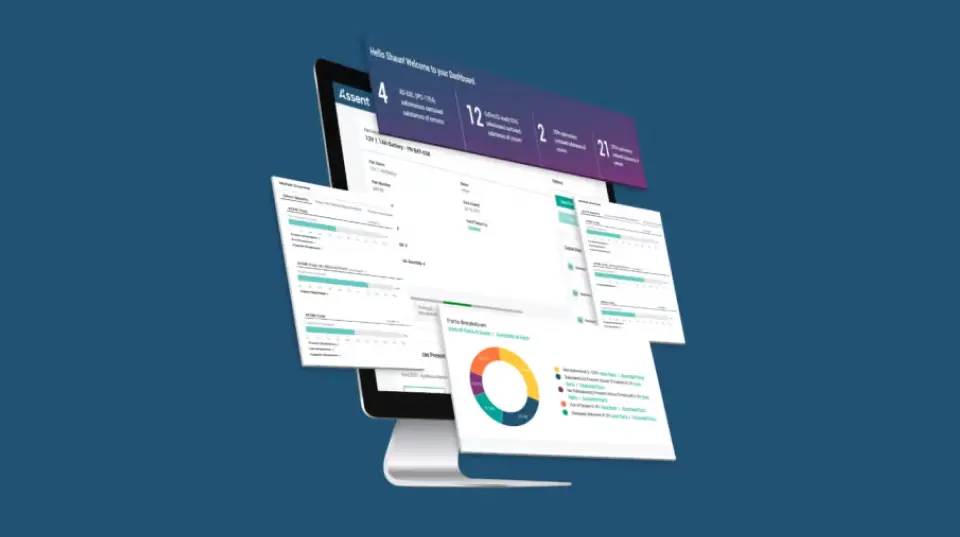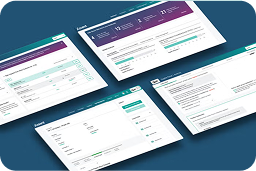When regulators started calling per- and polyfluoroalkyl substances (PFAS) “forever chemicals,” they might have meant manufacturers would be waiting forever for the federal reporting deadline to take effect. (Not that businesses are complaining about a temporary reprieve from the latest PFAS reporting under the Toxic Substances Control Act (TSCA) Section 8(a)(7).)
On May 13, 2025, the U.S. Environmental Protection Agency announced a nine-month delay to the PFAS reporting window. Instead of opening on July 11, 2025, reporting into the EPA’s Central Data Exchange (CDX) will now begin on April 13, 2026.
Why is the PFAS reporting timeline delayed?
Congress recently approved $17 million to the EPA to improve the CDX platform, but it was a stretch that the software would be fully functional by July. Currently, the EPA is still beta testing the updated platform and has decided it is not ready for public PFAS reporting.
Did the reporting requirements and scope change?
No. The 2011–2022 reporting period still applies, and currently, there are no changes to the regulation’s scope. Small businesses and article importers did not get a reporting exemption and must still be ready to submit their PFAS reports when the new reporting window opens.
Is this the last change to federal PFAS reporting?
Never say never. Additional changes, including the scope of who must report, could still be in the works. The announcement from the EPA states that “the Agency may, in a future separate action, reopen other aspects of this rule for public comment in light of Executive Order 14219: Unleashing Prosperity through Deregulations (90 FR 9065, January 31, 2025).”
This means any business currently in scope of TSCA should carefully monitor the regulatory landscape for future announcements. But in the meantime, they still need to be prepared to report under the assumption nothing else is changing.
Are state PFAS rules affected?
No. State PFAS laws, like Amara’s Law in Minnesota, are separate regulations. This announcement does not affect any U.S. state-level requirements. In fact, whenever the federal government appears to be relaxing regulations, states often tighten up their own requirements. While this isn’t always the case, we’re certainly seeing a lot of momentum at the state level around PFAS management. Many states and local municipalities are issuing their own rules to combat contamination in drinking water.
What should manufacturers and importers do now?
This delay gives manufacturers and importers a bit more breathing room to compile data for reporting. Future comment periods may also give manufacturers an opportunity to engage with the EPA. However, because the EPA is using the time to beta test its updated CDX submission platform, it’s a good signal that the content of the PFAS reporting requirements isn’t likely to change much.
If your plan is to engage with lawmakers to influence requirements, data can be help you make your case (for example, the extent of use and applications for fluoropolymers). You should be using this extra time to look deeper into your supply chain, engage your suppliers, and investigate whether any of the materials you use in processes or maintenance could be affected.
It’s important to note that 3M (along with other chemical manufacturers) is phasing out PFAS production by the end of 2025 — a deadline that has nothing to do with the TSCA reporting window. That means 2025 is still a crucial year for anyone using PFAS. Well before the new EPA PFAS reporting window opens, the availability of PFAS on the market will have changed radically.
How does Assent help?
Assent is the leader in supply chain data management, and we have already collected millions of PFAS declarations from global supply chains. We are the trusted partner in helping manufacturers identify where they use PFAS and which parts will be affected by PFAS-related risks, and rolling up that complex data into actionable insights. Our team of experts live and breathe PFAS, and have been featured on several national news channels to help businesses understand the regulatory and non-regulatory impacts of PFAS.
If you’re not 100% confident your supply chain is PFAS-free, or you know you’re in scope of TSCA, we can help you meet your deadlines and avoid disruptions. Check out our PFAS Identification solution or book time with one of our experts to see a demo.








